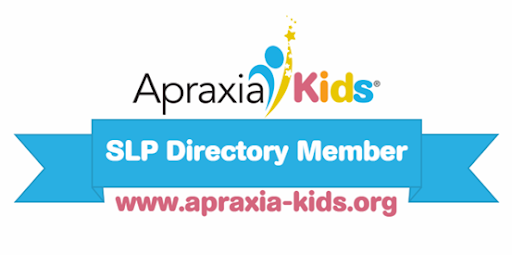
Imitation and Language Development
Toddlers are constantly exploring and learning about the world. A child typically watches others and tries to copy what they are doing, whether it is pretending to do chores like Dad or following the actions of other children on the playground. This game of “copycat” is called imitation and it is an important skill that develops before words emerge. When children imitate our sounds and words, those words eventually develop into language. If your child does not have many words yet, imitation skills may be the culprit! Below are some tips for increasing imitation skills at home. Sing songs: Songs are repetitive, fun, and a great way to encourage imitation. Songs with associated motor movements are great to build your



